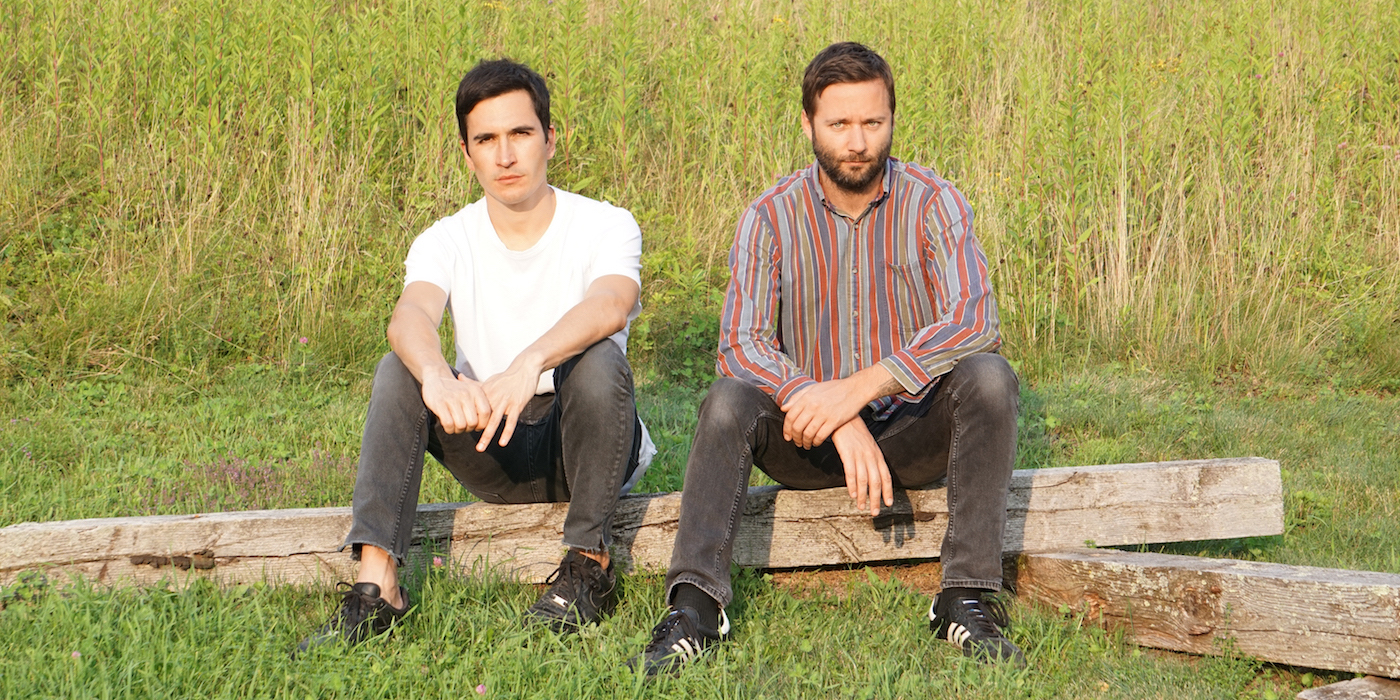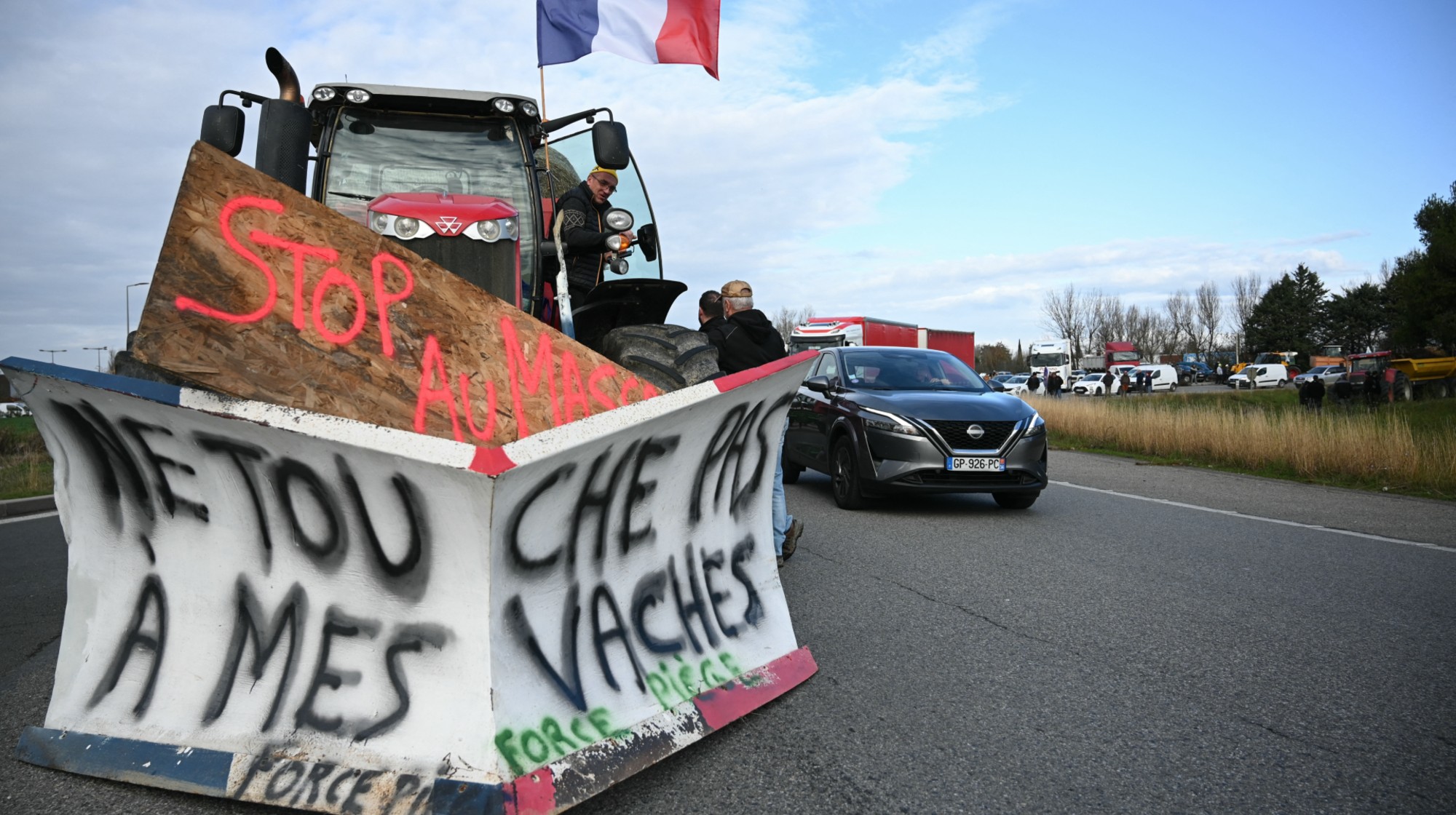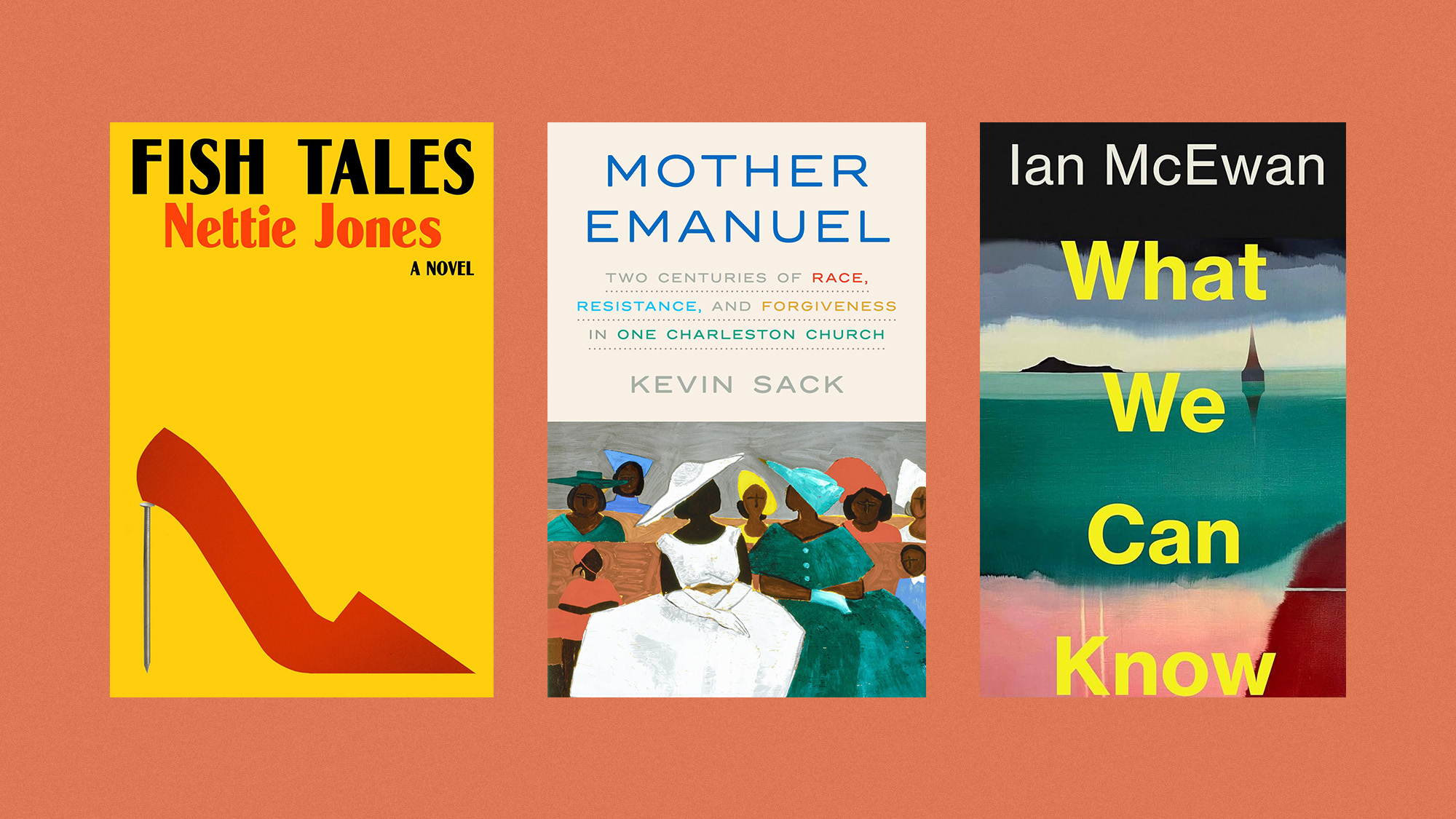From The Berkshires to Paris with Proenza Schouler
Proenza Schouler talk about their American dream

It’s July 4th, but instead of celebrating Independence Day at their headquarters in SoHo, Manhattan or at their 18th-century farmhouse in the Berkshires, Lazaro Hernandez and Jack McCollough – the duo behind womenswear and accessories brand Proenza Schouler – are spending the national holiday in Paris. Just two days earlier, the designers presented their spring/summer 2018 collection for the first time in the French capital, during Paris’ Haute Couture Week.
Hernandez, 39, and McCollough, 38, first collaborated while studying for a Bachelor of Fine Arts degree at New York’s Parsons School of Design. Their joint graduation collection – an insouciant take on mid-century couture and downtown dressing – was bought in its entirety by Barney’s New York, marking a prestigious start to what would become a multi-award-winning business. From their debut at autumn 2003 New York Fashion Week, the Proenza boys – as they are affectionately known – set out to build an independent global luxury brand. Today, Proenza Schouler ready-to-wear and accessories are sold via 300 international stockists and at six own- brand boutiques, including four in Asia.
The duo have moved their show from New York to Paris for two seasons by invitation of French fashion’s governing body, the Chambre Syndicale de la Haute Couture. This coincides with the designers’ decision to consolidate their four seasonal collections into two, delivered to stores in instalments throughout the year; it also mirrors their design philosophy, which they de ne as global and borderless. “That’s part of the thing we are trying to challenge,” McCollough says. “The idea that we are a purely American brand.” This is echoed by Hernandez, his partner in business and life: “I think it’s a time for doing what feels right for you, and setting your own rules. That’s the beauty of being an independent brand: we get to call the shots.”
The Week
Escape your echo chamber. Get the facts behind the news, plus analysis from multiple perspectives.

Sign up for The Week's Free Newsletters
From our morning news briefing to a weekly Good News Newsletter, get the best of The Week delivered directly to your inbox.
From our morning news briefing to a weekly Good News Newsletter, get the best of The Week delivered directly to your inbox.
A shared perspicacity has stood Hernandez and McCollough in good stead. Creative partnerships have long existed in fashion, but few are forged at such a young age, or have proved so enduring. The two met by chance, ahead of their first day at fashion school, in a nightclub in Manhattan – Hernandez had transferred to Parsons from Miami, McCollough from San Francisco. Recognising each other as kindred spirits, the duo began to collaborate on coursework.
Come graduation year, they were granted special permission by the school’s dean to present a shared collection. Barneys’ buying team, then led by Julie Gilhart, placed an order with the two graduates, who combined their mothers’ maiden names to front the fledgling brand.
They have held the industry’s attention ever since: Proenza Schouler was the recipient of the inaugural 2004 Vogue Fashion Fund prize and has won an impressive five CFDA (Council of Fashion Designers of America) awards. But such achievements haven’t changed their approach: the design process has remained the same since their student days. “We do pretty much everything together,” says Hernandez. “It starts as a conversation. The way an idea develops is quite natural. We’re always at the same place at the same time, so our experiences tend to be the same.”
The designs are often guided by their love of contemporary art and culture, which they address in a transcendental way. For their spring 2013 ready-to-wear show, the pair overlaid images sourced from Tumblr with duchesse satin and metal grommets, in homage to Gerhard Richter’s textured and deconstructed photo-paintings. Their collections have also referenced American abstract expressionist Helen Frankenthaler (autumn/winter 2015) and tongue-in-cheek Italian avant-gardist Piero Manzoni (spring 2014). Increasingly, their own travel experiences inform their collections, too, from deep-sea dives along Hawaii’s coastline to a road trip through America’s Southwest.
A free daily email with the biggest news stories of the day – and the best features from TheWeek.com
Once a direction has been set, the two escape Manhattan for their colonial farm in the Berkshires, a place of unspoilt natural beauty surrounded by acres of verdant farmland, to sketch and draw in bucolic seclusion like artists from a bygone age. “We just sort of copy each other and then add or take away something from it,” says McCollough. “It’s a shorthand that we have with each other, developed over time; a way of building an idea.”
This autumn’s collection was a salute to their hometown. “It was very much a celebration of New York, because it was going to be our last show there for a little while,” explains Hernandez. “We wanted to celebrate all the different characters that have been in our world. We wanted some of the speed that New York has.”
Designing amid the political uncertainty of the presidential election, the duo played with the proportions of wardrobe classics, folding, moulding and reconfiguring trench coats and tailoring in a consciously deconstructed collection. Belts featured D-ring buckles, and oversized shearling collars resembled the unzipped hoods of army parkas. Dresses were made sculptural with colourful cut-out layers revealing geometric patches of skin on hips, shoulders and waistlines.A love of century-old crafts and technical fabrication that borders on engineering are hallmarks of the brand – their Hex bucket bags, for example, are made by artisans in Tuscany, who whipstitch together three single cuts of leather.
The spring 2018 collection marks a return to mid-century couture fabrication – first explored in the duo’s graduate collection – made in collaboration with long-established Parisian specialists in the craft. “We had been researching all these independent ateliers around Paris,” says McCollough. “Maisons Lemarié and Lesage are the bigger ones, but there are also a lot of smaller independent ateliers specialising in feather work, ribbon work, hand weaving etc. That’s where a lot of the ideas started – from discovering these incredible artisans and their commitment to beauty and tradition.” The results – an abundance of marabou feathers, Devoré velvet and lace bonded with crepe de chine – are testament to the designers’ deftness in applying traditional craft processes to an agile yet methodical practice.
The Proenza boys spent three months developing the collection, working with the Parisian craftspeople and their own Manhattan design team, which has grown to number around 15 members of staff. “We have an amazing team that handles most of the logistics: getting stuff made in Paris and sent to New York to be put together and then brought back over here for a fitting,” says McCollough. “It’s a logistical head-trip. It’s definitely different from the time when we started – there were just five people. Things have changed!”
-
 Received a gift card this holiday season? Here’s how to maximize it.
Received a gift card this holiday season? Here’s how to maximize it.The Explainer Make the most of your present
-
 ‘Lumpy skin’ protests intensify across France as farmers fight cull
‘Lumpy skin’ protests intensify across France as farmers fight cullIN THE SPOTLIGHT A bovine outbreak coupled with ongoing governmental frustrations is causing major problems for French civil society
-
 The best books of 2025
The best books of 2025The Week Recommends A deep dive into the site of a mass shooting, a new release from the author of ‘Atonement’ and more